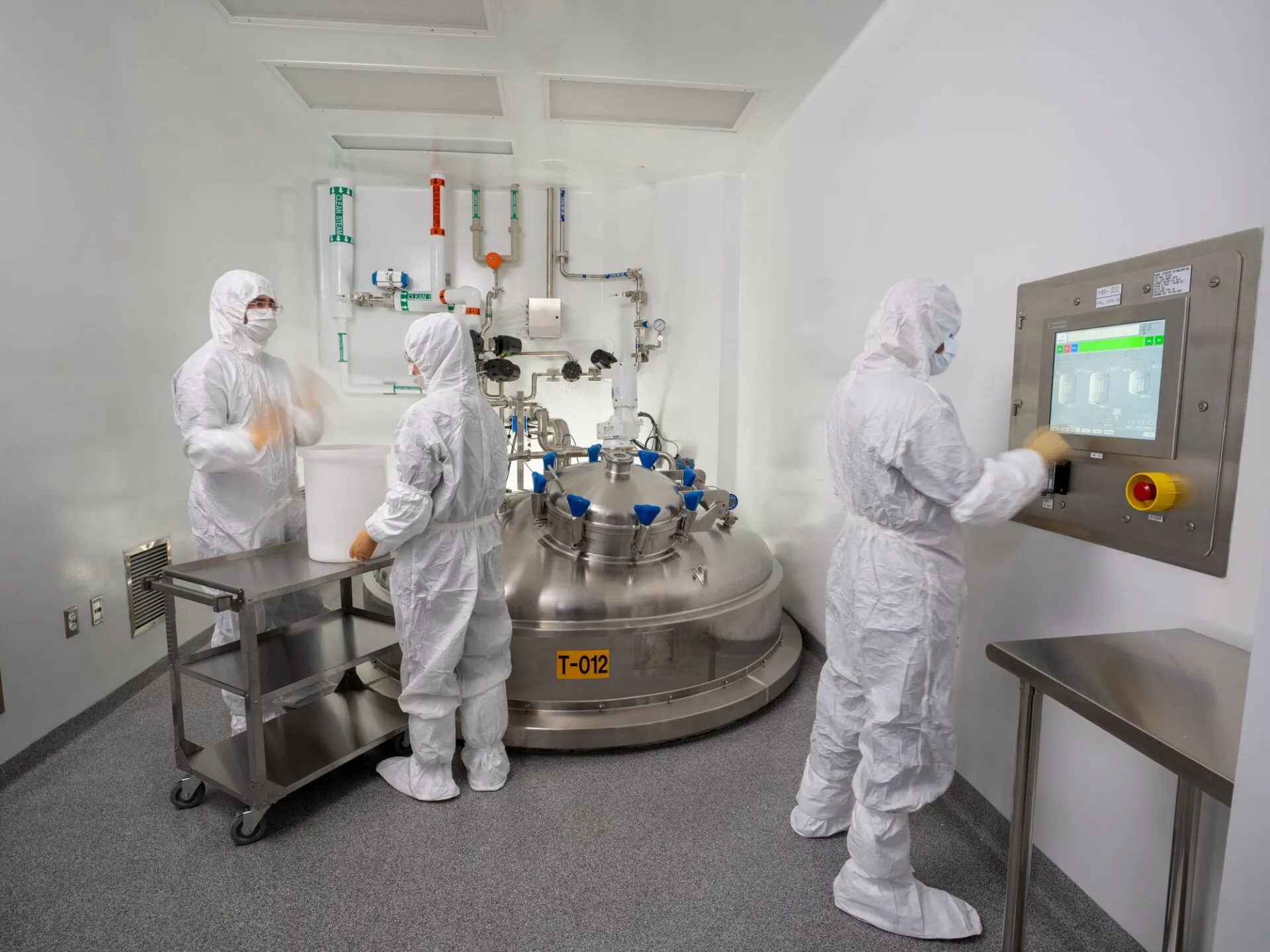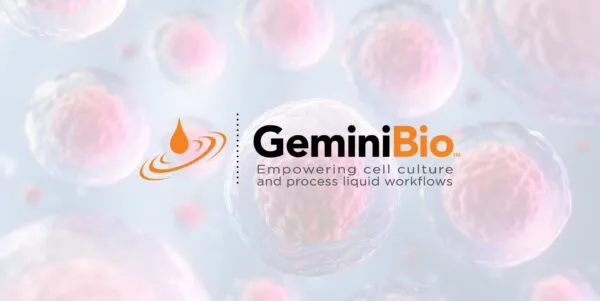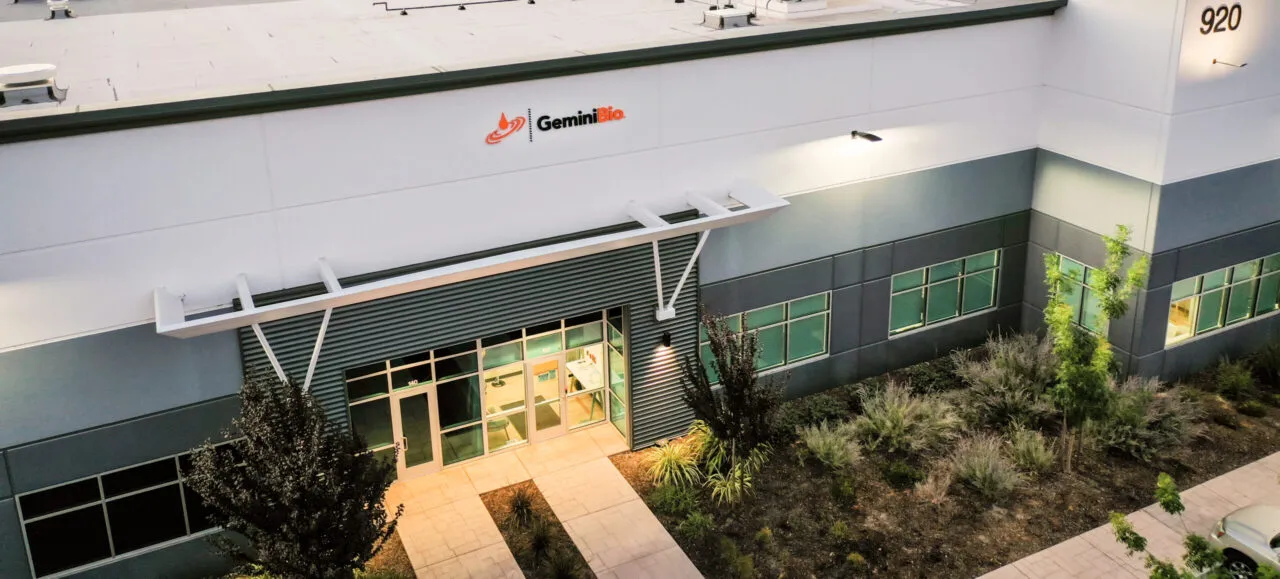In the development and scale-up of cell and gene therapies, there are many opportunities for bottlenecks impacting the manufacture, speed of delivery and quality of the final therapeutic product.
Developers are challenged with identifying avenues for reducing the cost of manufacturing processes, while simultaneously optimizing each manufacturing stage and removing further opportunities for delay.
For example, and in the context for this blog, where developers may have opted to manufacture their own process liquids, developers need to ensure robust supply chains, rigorous quality and compliance control and simple processes with capacity for supplying both upstream as well as downstream process liquids.
In the manufacture of any product for use in a therapeutic capacity, there are many boxes that need to be ticked. Should a developer assume the responsibility for developing a buffer or media solution, there are 3 core factors that must be taken into consideration to prevent bottlenecks causing inevitable knock-on effects for the remainder of the manufacturing process.
1 – Robust Supply Chain
Ensuring a robust supply chain is one core issue here. In the wake of Covid-19, the impact to an already fragile supply chain within advanced therapies manufacturing has been felt industry-wide. Delays in the supply of raw materials can cause timeline-altering shifts, and for costs associated with development to subsequently climb.
As John Kemshead of BioMagnetic Solutions recently explained for a Phacilitate interview:
“The [industry challenge] that I have to live and breathe every day is supply chain. I mean, I had retired when I came to work with BioMagnetic Solutions, and I made my bosses a commitment that we would have something on the market within a year. What I didn’t realize was just how bad the supply chain really was. It is delaying every part of what we’re trying to do, from developing the technology, building the antibody facility to make the antibodies to GMP, everywhere you turn there are supply chain issues. These are problems that I know sound rather crass, but that is the thing that we have to live with every day.”
Considering a partner with an open architecture manufacturing approach can help to mitigate issues associated with supply chains for process liquid manufacture, as alternative suppliers not only help in mitigating risk, but also assist in developing consumables customized specifically to a developer’s or product’s needs.
2 – Quality
Another factor to consider is the rigorous nature to which these process liquids are required to meet quality and regulatory requirements. An issue with quality or regulatory compliance can cost time to correct and ultimately, more investment.
Defined and carefully regulated processes are essential when identifying a partner, no matter the batch size. Defined manufacturing processes and recognition from the appropriate regulatory and control bodies are also core competencies here, as well as consideration for the developers’ own requirements.
3 – Time is Money
Ultimately, time is money. Where time or error can be spared, especially within earlier phases of manufacturing, it is essential for developers to consider their options. Simplicity and efficient speed in the delivery of process liquid manufacturing methods can contribute to accelerating speed to market and reducing overall costs associated with therapeutic development.
Conclusion
There is no one-size-fits-all approach when considering sourcing process liquids, or any raw materials, for that matter. Customized and adaptable approaches are reasonable solutions to tackling multiple obstacles or bottlenecks at once, removing pressure from timelines, supply chains and regulatory requirements.
As Justin Henson from GeminiBio explained:
“To help customers improve manufacturing productivity and speed, whether in development or commercial production, GeminiBio has the capability to produce cGMP manufactured custom media, buffers, and other process liquids in batch sizes from 10–10,000L in our 25,000 square foot ISO 13485 certified and animal origin-free manufacturing facility.”
“Our open architecture manufacturing approach enables us to produce truly custom products by sourcing components and consumables based on our customers’ unique and specific requirements, as well as sourcing from alternative suppliers to mitigate supply chain risk.”
As with all core manufacturing challenges within this industry, the earlier a developer prepares, the more efficient the final process will become.



